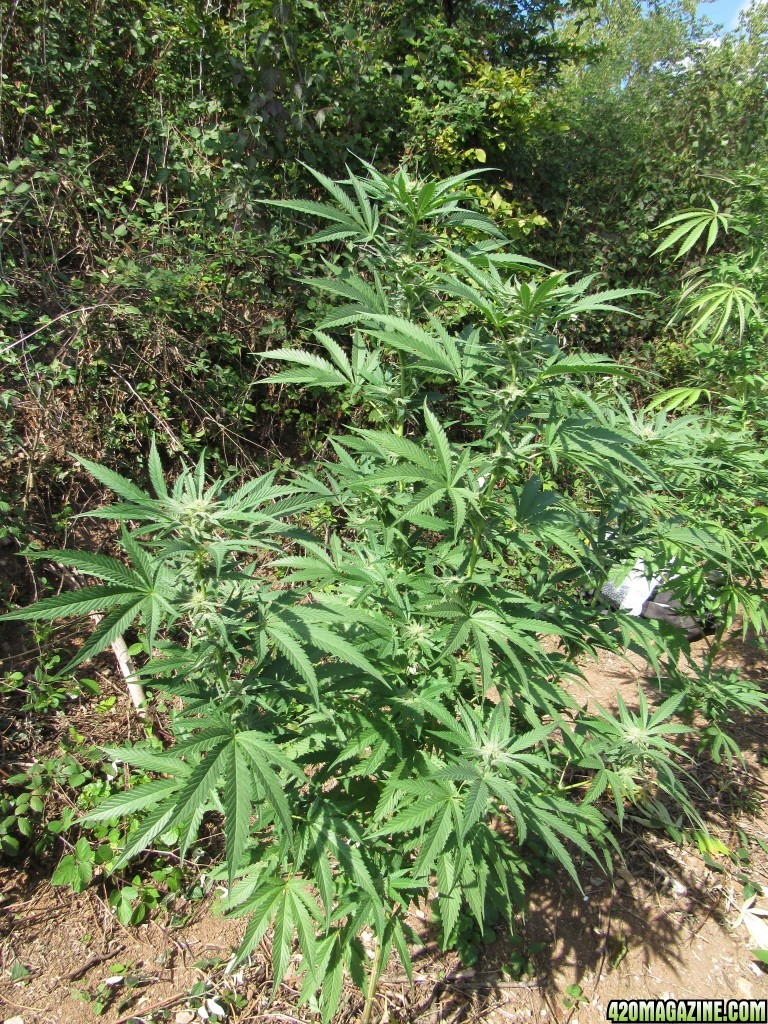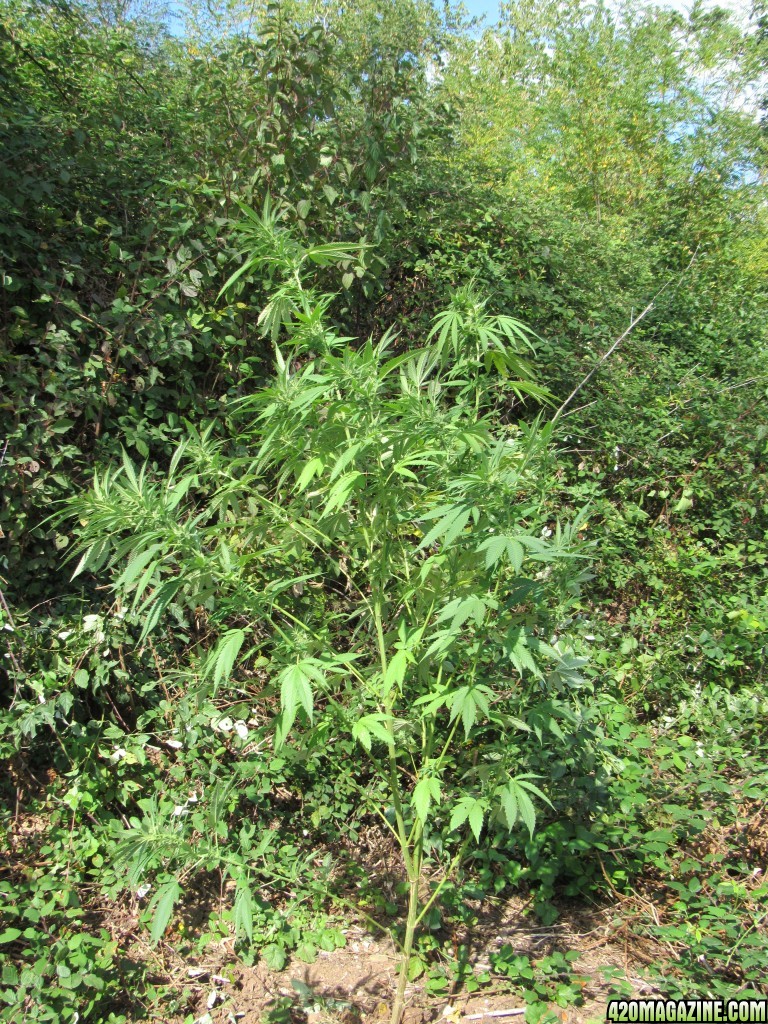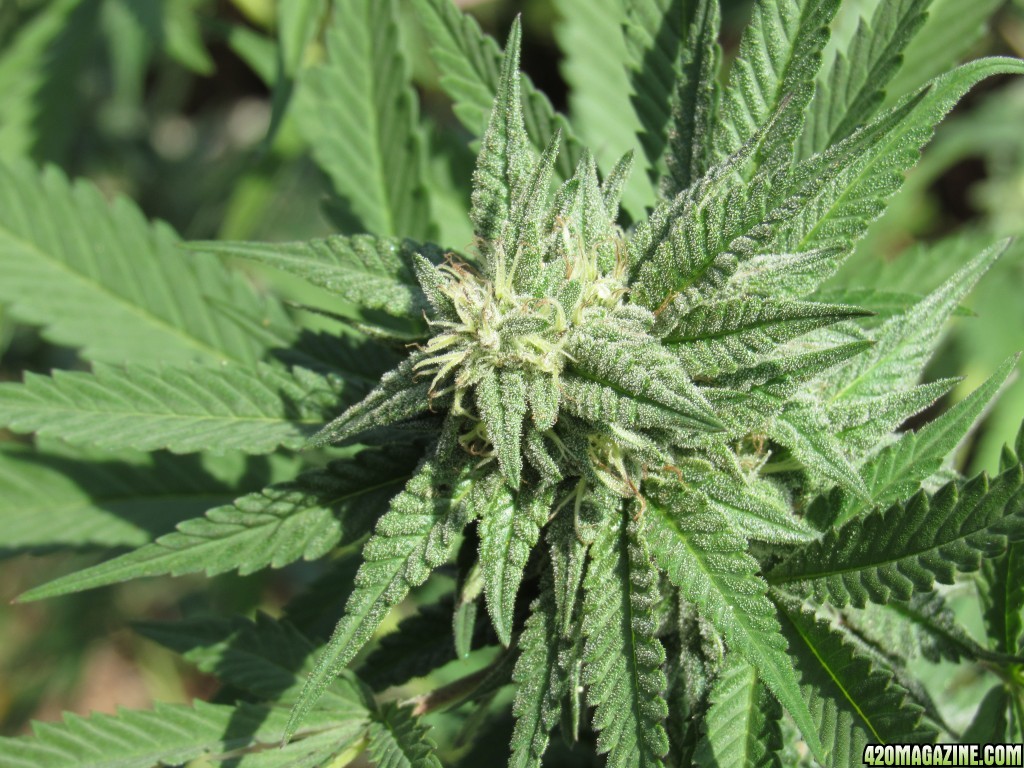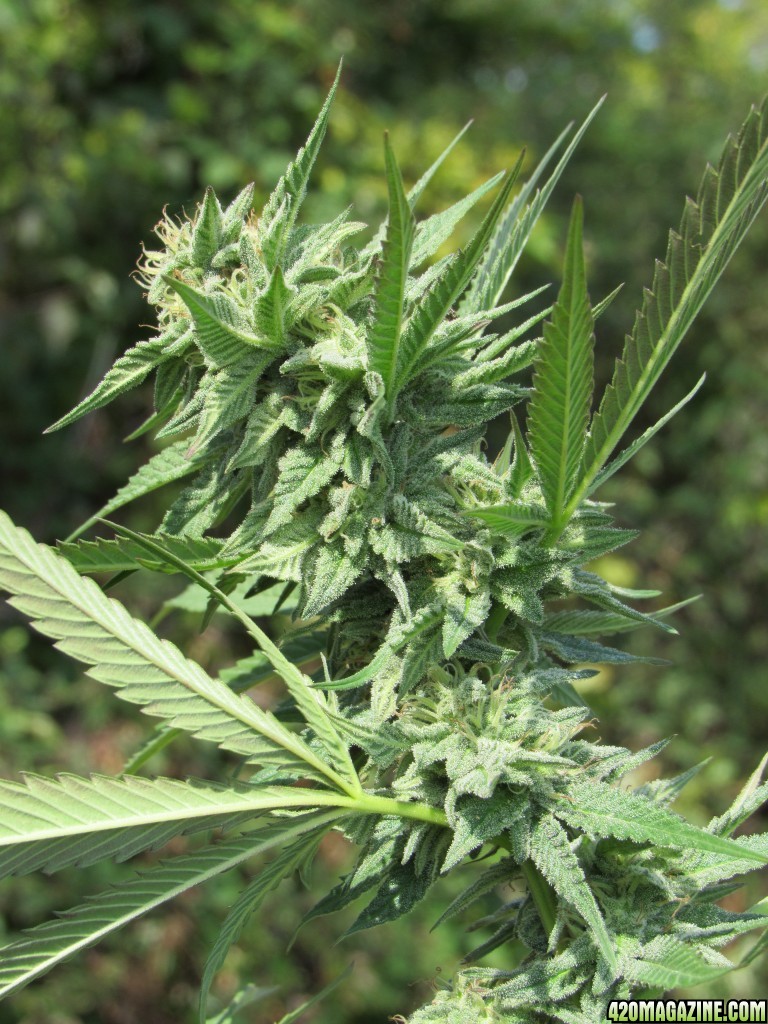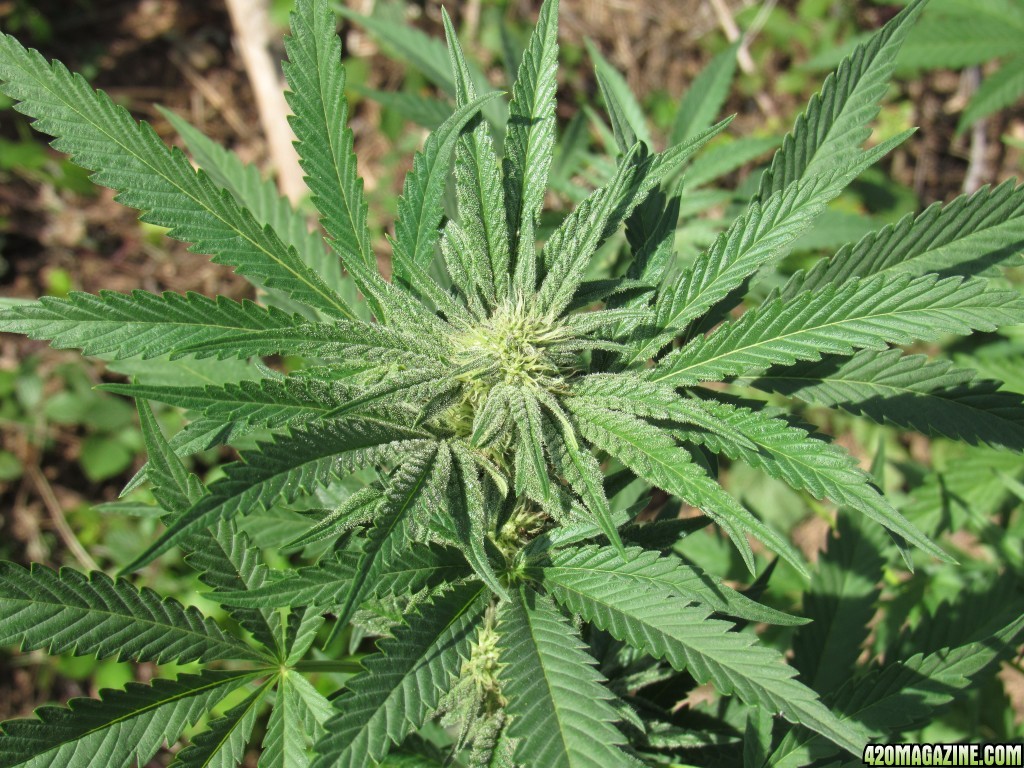Good morning all. OK so firstly Bob's comment above about music is spot on. I thought it was just me but somehow music sounds so much deeper and more interesting..it just sounds real good.
As far as the ciskei goes...while I may not have had the same one you are growing I've had plenty of the wild one. In my group of mates we always tried to score doob that came either from that area or Malawi cobs (cobs were mostly Malawi gold from one area of Malawi). Both of those were great for social occasions and having a good time. Made you laugh and smile and almost impossible to be angry or a dickhead. No ceiling and basically just get super high and eventually pass out. I collected some beans with some mates while in the area. Never grown them. Probably close on 20 years old now. Durban and Malawi( from the mountain area, not gold )are the kinda weed that can turn a party on its head. Whole lot of people just won't handle the ride. That's fine of course.
When I saw you were growing it I smiled because you are in for a treat and I'm pretty sure that you are going to be growing many more.
@Smeegol lives closer to that area I think. Ask any south african
If they remember the party good time weed and I'm sure they will smile fondly.
Just so cool.
As far as the ciskei goes...while I may not have had the same one you are growing I've had plenty of the wild one. In my group of mates we always tried to score doob that came either from that area or Malawi cobs (cobs were mostly Malawi gold from one area of Malawi). Both of those were great for social occasions and having a good time. Made you laugh and smile and almost impossible to be angry or a dickhead. No ceiling and basically just get super high and eventually pass out. I collected some beans with some mates while in the area. Never grown them. Probably close on 20 years old now. Durban and Malawi( from the mountain area, not gold )are the kinda weed that can turn a party on its head. Whole lot of people just won't handle the ride. That's fine of course.
When I saw you were growing it I smiled because you are in for a treat and I'm pretty sure that you are going to be growing many more.
@Smeegol lives closer to that area I think. Ask any south african
If they remember the party good time weed and I'm sure they will smile fondly.
Just so cool.





 bookmark mr.Conradino smeegs....
bookmark mr.Conradino smeegs....

